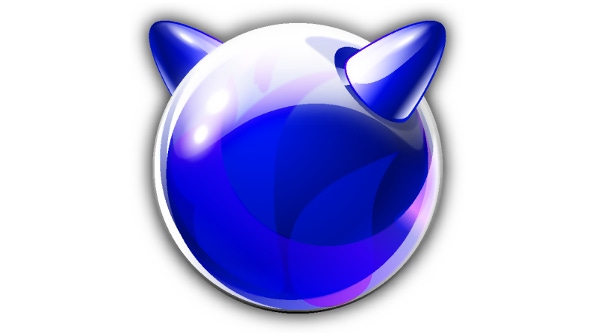Microsoft loves not only Linux but also FreeBSD -- or so its recent release of a FreeBSD image for the Azure cloud suggests. How much longer until the open source world stops questioning Redmond's engagement in the open source space?

Microsoft loves not only Linux but also FreeBSD — or so its recent release of a FreeBSD image for the Azure cloud suggests. And that leaves us wondering: How much longer until the open source world stops questioning Redmond’s engagement in the open source space?
On June 8 Microsoft announced that an image of FreeBSD — an open source operating system based on a kernel similar to but fundamentally different from Linux — is now available in the Azure marketplace. And it’s not just any FreeBSD image, but one created by Microsoft. As the company noted in announcing the FreeBSD image, this means that official support for FreeBSD is available from Microsoft on Azure.
Yes, the company whose former CEO once called Linux a cancer (and not because he liked FreeBSD any better) is now officially supporting not only a variety of Linux-based options for Azure, but now FreeBSD, too.
Why FreeBSD?
Microsoft is not doing this purely out of enthusiasm for the FreeBSD community. According to the blog post announcing the FreeBSD image, the company’s main goal is to make life easier for people who want to build virtual appliances based on FreeBSD to run on the Azure cloud.
In turn, the offering will help assure that Azure remains relevant as more and more applications are converted to cloud-based virtual appliances. It will also cater to people who believe that FreeBSD offers better networking performance than Linux.
The Channel Takeaway
Microsoft’s FreeBSD announcement is only the latest in a series of open source-friendly moves that have emerged from Redmond starting more than a year ago. There’s nothing fundamentally new here.
But the announcement is still notable, for two main reasons.
The first is that it makes it even harder to keep questioning whether Microsoft has truly benevolent intentions toward the open source community. Given the rocky history between the two camps, it’s no surprise that some people have wondered whether Microsoft really now believes that supporting open source is in its interests, or is simply pursuing a complex, nefarious plot to destroy free software forever by pretending to love open source.
In the case of the FreeBSD image, it’s pretty clear that Microsoft and the FreeBSD community both have things to gain by cooperating. Against this backdrop, it is increasingly hard to question Microsoft’s intentions as it makes more investments in open source.
Also worth noting is the affirmation that Microsoft is giving to the FreeBSD community, which has long lived in the much larger shadow of Linux. The FreeBSD codebase is much older than Linux, and FreeBSD advocates, as noted above, have long touted what they see as their operating system’s performance advantages over the more popular open source Unix-like OS.
Now, a company as large as Microsoft seems to agree with them.
About the Author(s)
You May Also Like


